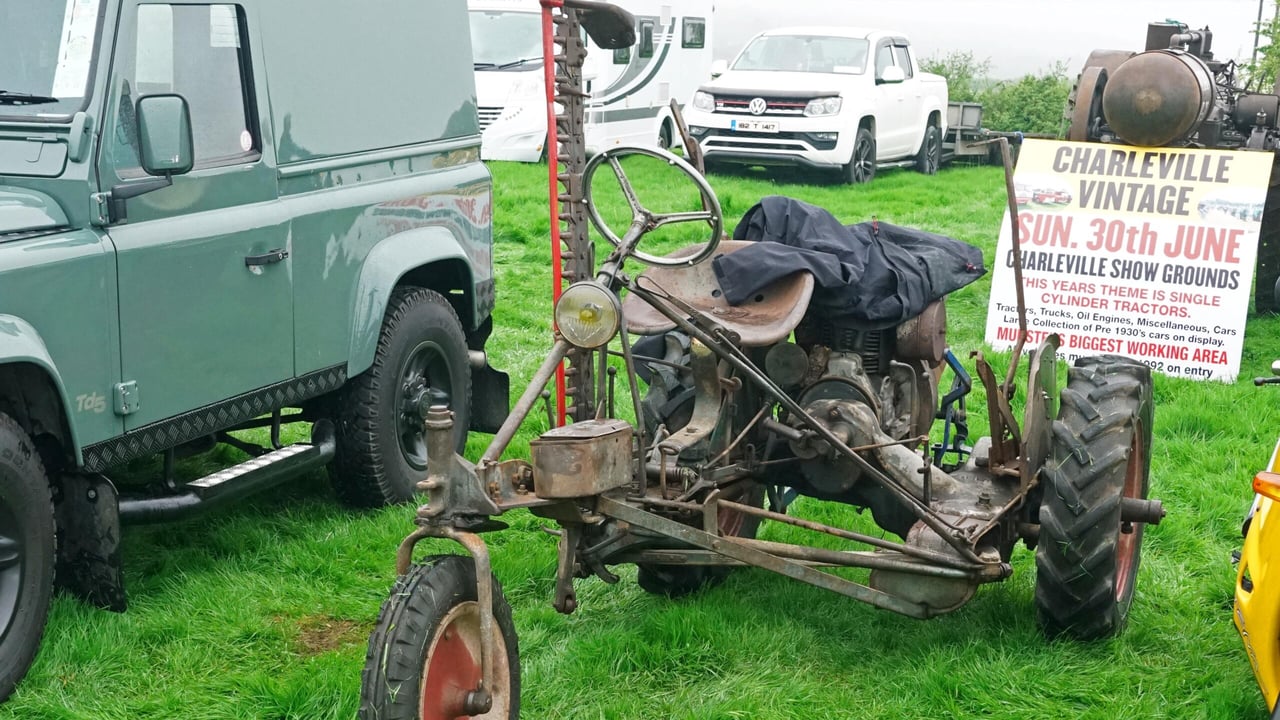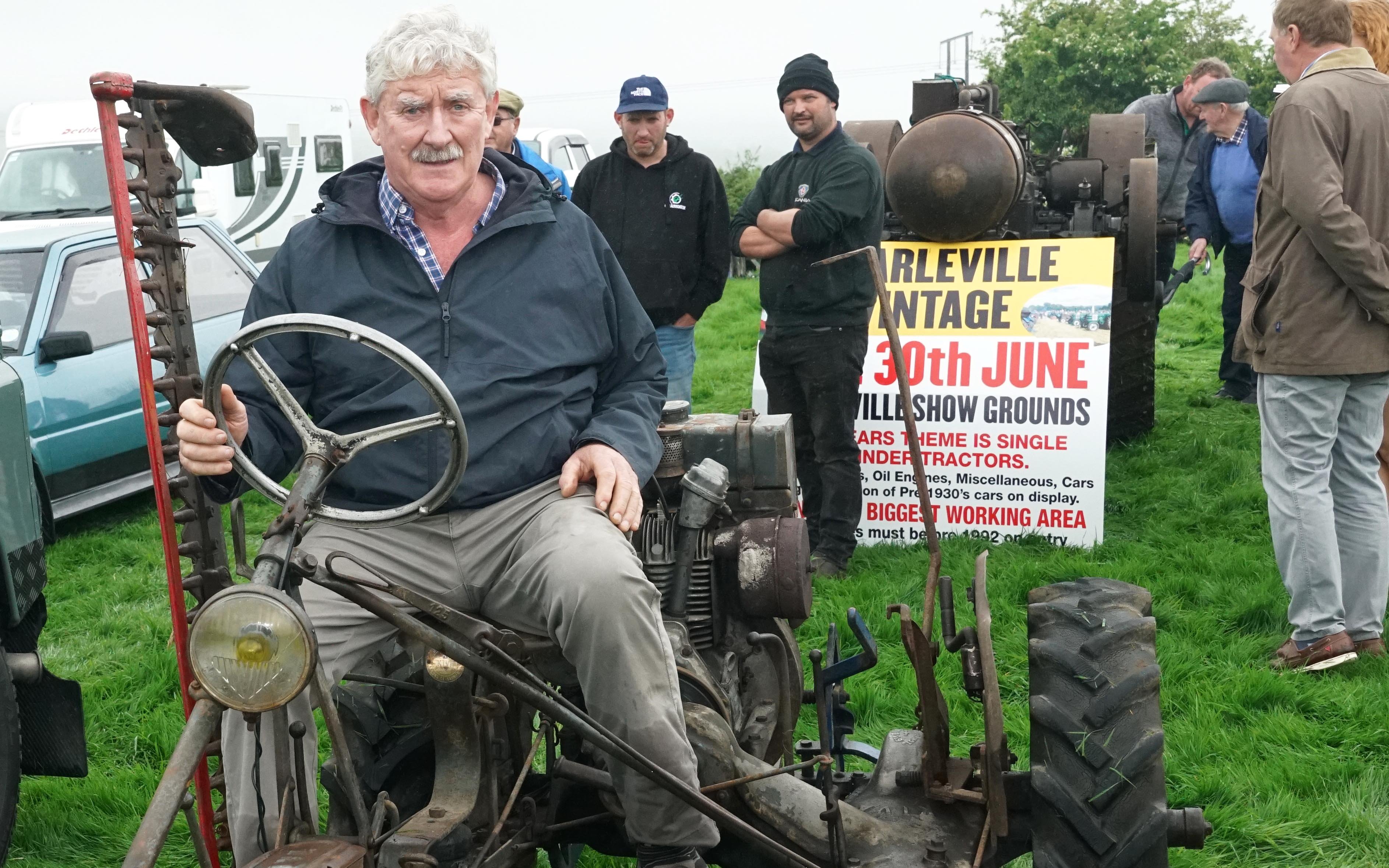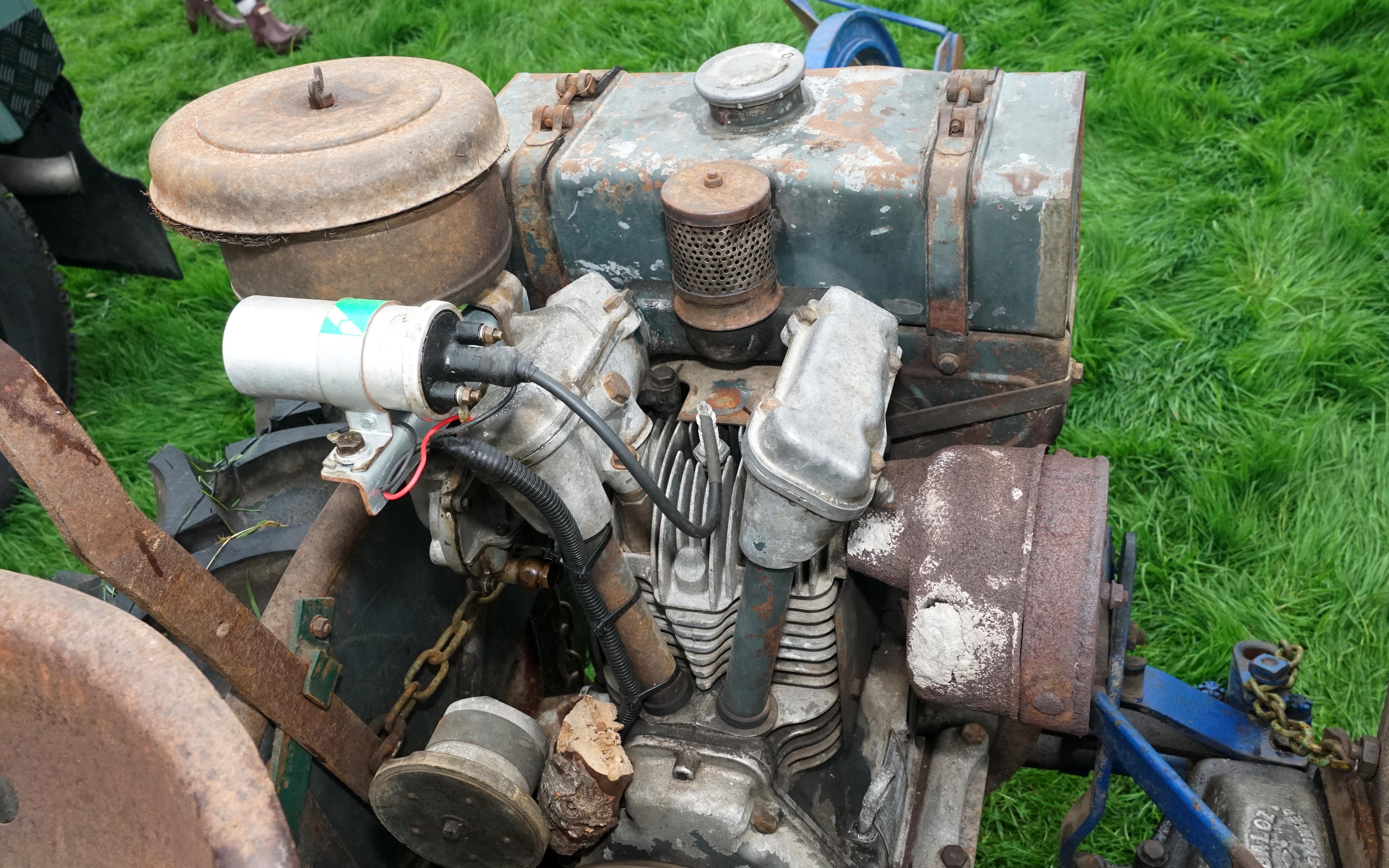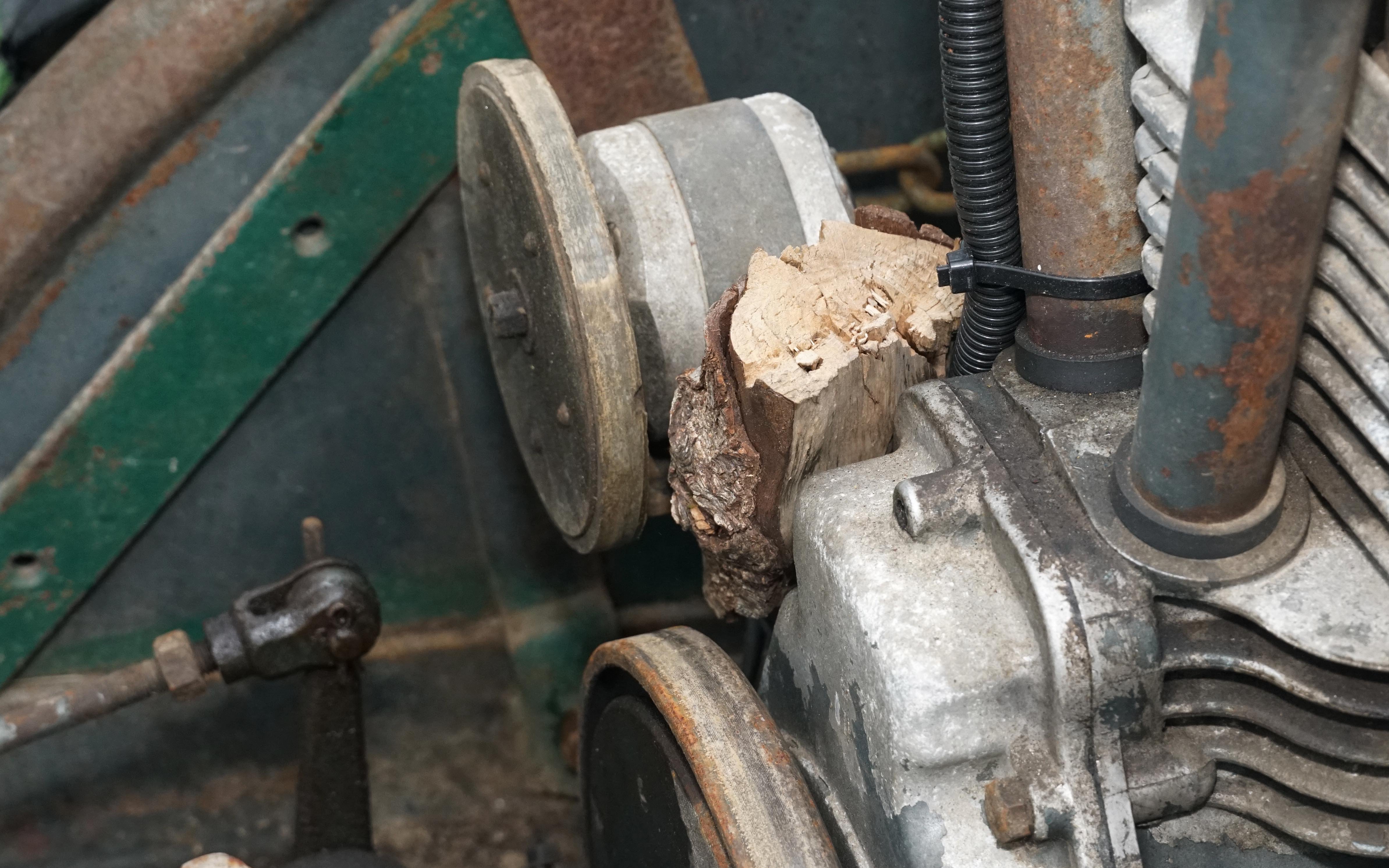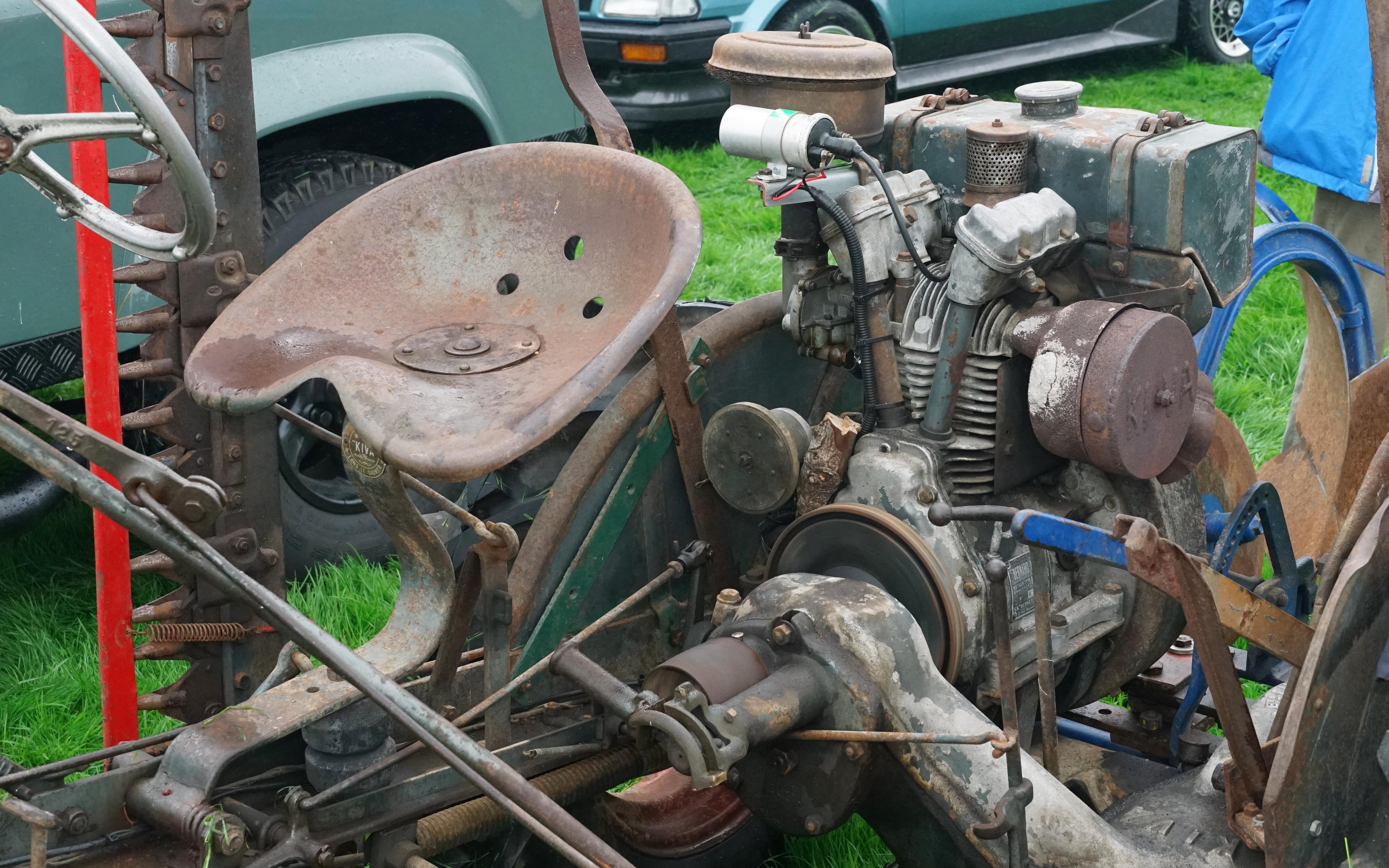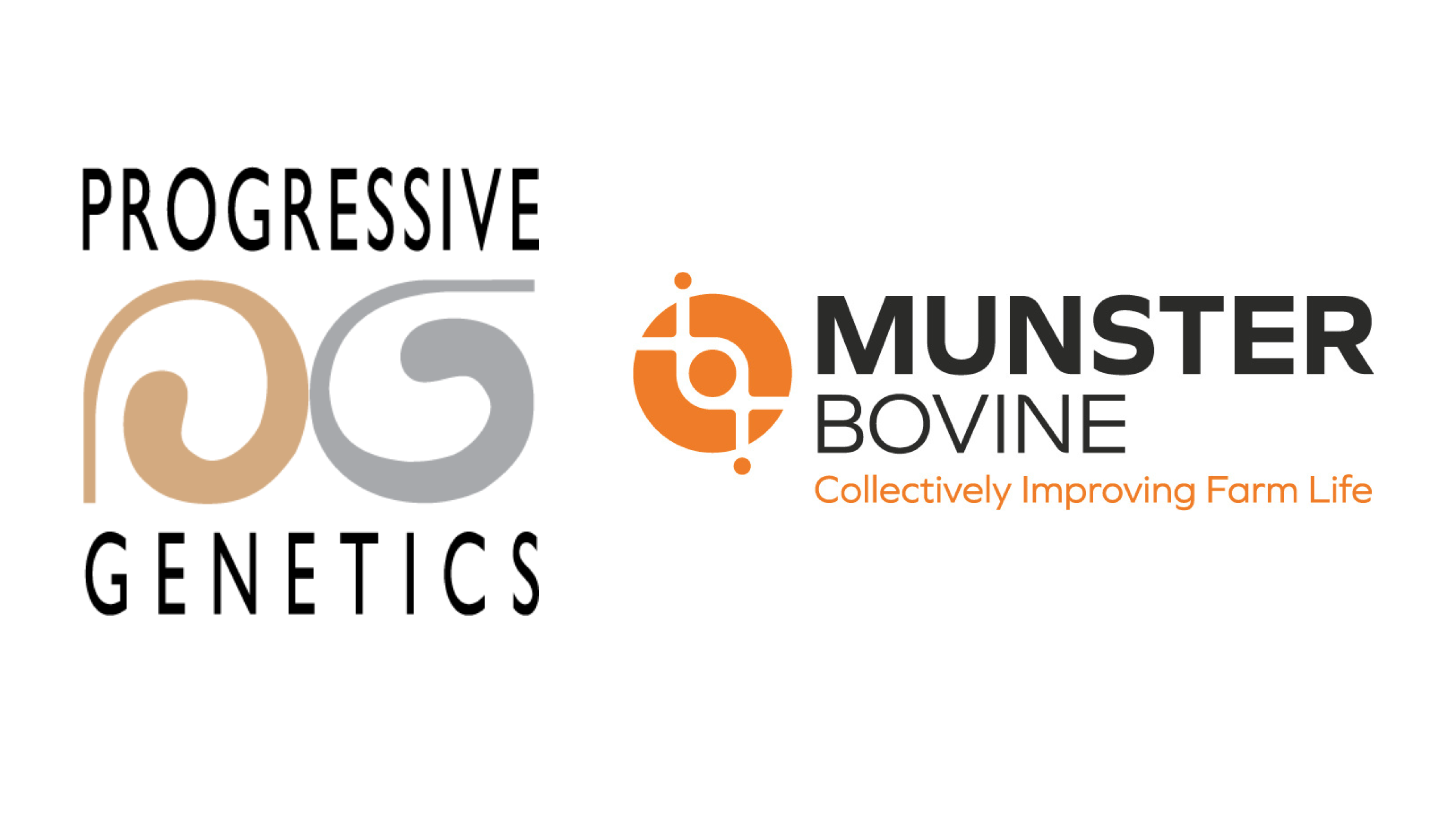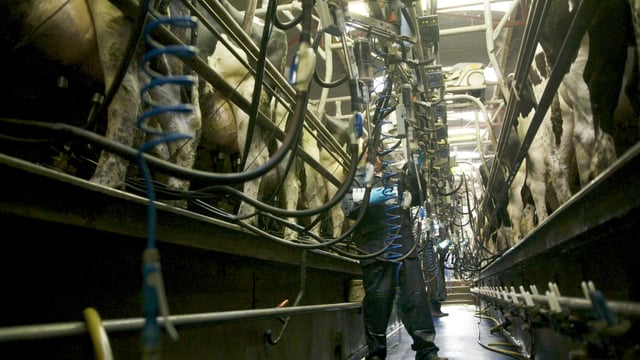The French Kiva - versatility that stood the test of time
French tractors are rare machines at Irish vintage events, despite France putting a great deal of effort into creating a post-war tractor industry to serve a new generation of farmers.
Indeed, so enthusiastic was the government of France of the time, that it drew up a plan to ensure the rapid uptake of tractors to modernise the country's agriculture, although it might not have worked out quite as intended, there was a great flowering of the tractor industry in the 1940s and 1950s.
One company that benefitted from this drive was Kiva, from Lons-le-Saulnier in eastern France. It had established itself in 1934 as a distributer of horse-drawn mowers, with a small engine attached to drive the blades.
After the war, the company founder, Henri Daloz, decided to to do away with the horse altogether and create a self-propelled mower, fitted with a Japy 6hp, which was later upgraded to an 8hp petrol engine.
It carried on in this form until it was purchased by the French company Motorbloc de Bordeaux in 1958.
The new owners switched engine manufacturers to Bernard of Paris (which also made tractors of its own), and these single cylinder air-cooled motors provided either eight or 10hp.
Diesel engines were also fitted, during its production life, both from Lombardini or VM, and the Kiva machines appear to have stayed in production all the way up to 1974, a remarkable achievement for such a basic machine.
One of the secrets to its success was that it was more than just a mower, there were numerous adaptations available to increase its versatility.
It was also fitted with a PTO in the form of a belt pully that could drive pumps, fodder choppers or other stationary equipment.
The example brought along to Kerry Country Fair by Brendan Ferris is a later Bernard-powered version, that had at some point been equipped with left and right-handed plough bodies, making the attachment, in effect, a reversible plough, although they were not fitted to the same beam.
Despite its French origin, Brendan purchased the Kiva from Belgium four years ago and has had to replace the magneto with a coil induced spark system, as magnetos are becoming increasingly rare to find and difficult to repair.
Despite this, it is still in very original condition. That does not mean to say it is in an advanced stage of decay - in fact, it looks remarkably sound underneath the years of accumulated dust and faded paintwork.
It also starts easily and the transmission, which on this model comprises a high and low gear with forward and reverse available in each, still operates as it should.
Drive is to the left-hand wheel and the rear axle carries it across to the right wheel, with a diff lock being provided for extra traction when required.
The weight of the engine and much of the driver is also carried at the rear, further adding to the grip.
The plough attachment operates by a leaver for each side, the driver lifting and lowering each side separately at the headland. Bernard has removed the left hand item to give better access to swing the engine over when starting, but the principle can still be seen.
It is believed to have been working in vineyards for most of its life where its small size would allow it to fit between the vines, although there is little more known of its history.
However, it does remain an interesting illustration of how tractor design and function was quite distinct in continental Europe from that of the Anglo-American ethos that focussed almost exclusively on the standard tractor format as we now know it.

